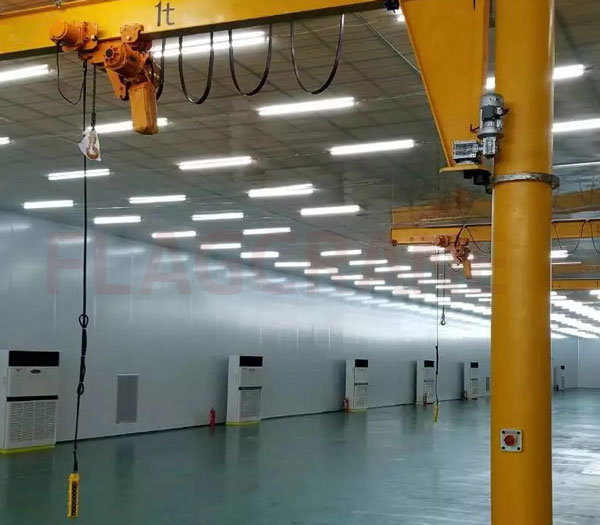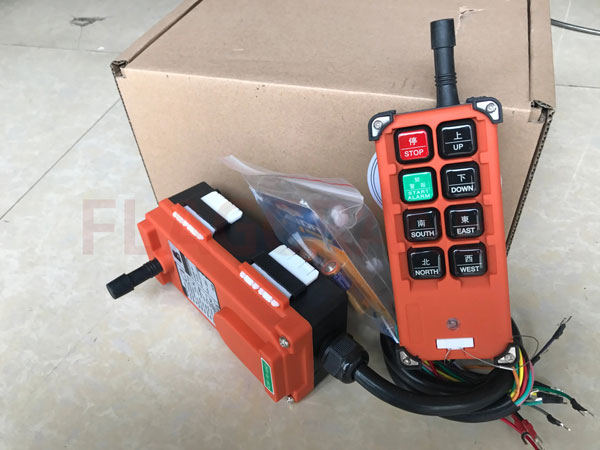What are the control methods of overhead crane?
In the use of overhead crane, it is very important to choose the right control method, which can not only improve the operating efficiency, but also ensure the safety of work and the precise execution of lifting tasks. The following are several common control methods and their selection introductions:
1. Ground handle control
Features: The operator uses a handle with a cable to control the movement of the crane.
Applicable scenarios: Suitable for small or medium-sized cranes, safe and simple working environment, and no need for long-distance operation.
Advantages: Simple operation, low cost, suitable for operation within sight.
Disadvantages: The operator must always follow the movement of the crane, which is not suitable for long-distance or obstructed work sites.

2. Wireless remote control
Features: Use a wireless remote control to remotely control the movement and operation of the crane.
Applicable scenarios: Suitable for large cranes, especially in complex or dangerous environments, the operator can remotely control the crane away from the crane.
Advantages: Flexible operation, wide range, the operator can maintain a safe distance, and improve the safety of operation.
Disadvantages: High cost, and the signal needs to be stable.

3. Cab control
Features: The operator operates through a cab installed on the crane, which is usually equipped with a variety of control devices such as joysticks and buttons.
Applicable scenarios: Suitable for cranes for large or high-altitude operations, especially in environments with high vision requirements.
Advantages: The operator can get a better view and is suitable for large and complex lifting operations.
Disadvantages: The construction and maintenance costs of the cab are high, and the operator needs to undergo special training.

4. Automatic control
Features: Fully automatic control is achieved using a computer system or programming, and the crane can perform operations according to preset programs.
Applicable scenarios: Mostly used in large-scale production lines, or in scenarios with high precision and high repetitive operation requirements.
Advantages: Efficient operation, reduced manual intervention, suitable for repetitive tasks.
Disadvantages: High cost, system maintenance and debugging require professionals.

Factors to consider when choosing a control method:
- Operating environment: Including the safety, space conditions and weather conditions of the job site.
- Operation tasks: Select the most suitable control method according to the crane's work intensity, frequency and task complexity.
- Operator skills: The operator's training level and familiarity with different control methods need to be considered.
- Cost budget: Wireless remote control and automation systems cost more than joystick control and cab control, but they are more convenient and safer to operate.
By properly selecting the control method, the efficiency and safety of the overhead crane can be greatly improved.